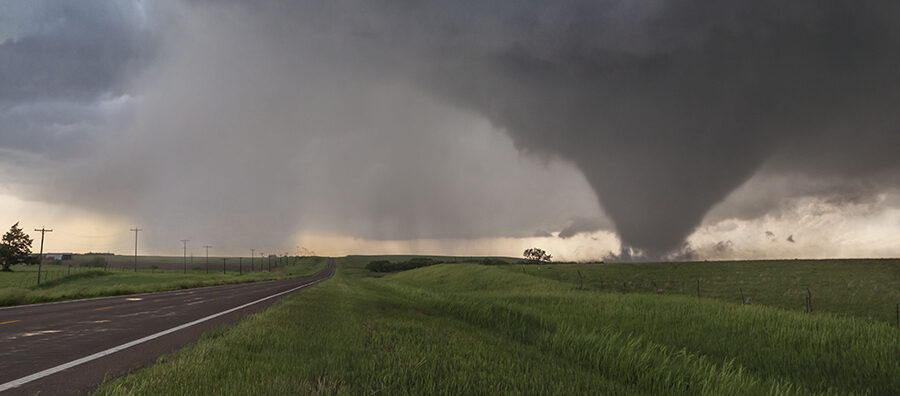Most attention in popular climate discussions is focused on extreme weather, especially hurricanes, tornadoes and heavy rainstorms. So we turn this week to hurricanes that form in or near the tropics, or Tropical Cyclones (TC), which the IPCC talks about in Section 11.7.1.2. We sometimes skip lists of references using (---) and spell out occasional short forms, but otherwise what follows is the AR6 text verbatim.
Identifying past trends in TC metrics remains a challenge due to the heterogeneous character of the historical instrumental data, which are known as “best-track” data (---). There is low confidence in most reported long-term (multidecadal to centennial) trends in TC frequency- or intensity-based metrics due to changes in the technology used to collect the best-track data. This should not be interpreted as implying that no physical (real) trends exist, but rather as indicating that either the quality or the temporal length of the data is not adequate to provide robust trend detection statements, particularly in the presence of multidecadal variability.
There are previous and ongoing efforts to homogenize the best-track data (---) and there is substantial literature that finds positive trends in intensity-related metrics in the best-track during the “satellite period”, which is generally limited to the past ~40 years (---). When best-track trends are tested using homogenized data, the intensity trends generally remain positive, but are smaller in amplitude (---). Kossin et al. (2020) extended the homogenized TC intensity record to the period 1979–2017 and identified significant global increases in major TC exceedance probability of about 6% per decade. In addition to trends in TC intensity, there is evidence that TC intensification rates and the frequency of rapid intensification events have increased within the satellite era (---). The increase in intensification rates is found in the best-track as well as the homogenized intensity data.
A subset of the best-track data corresponding to hurricanes that have directly impacted the United States since 1900 is considered to be reliable, and shows no trend in the frequency of U.S. landfall events (---). However, in this period since 1900, an increasing trend in normalized U.S. hurricane damage, which accounts for temporal changes in exposed wealth (---), and a decreasing trend in TC translation speed over the U.S. (---) have been identified. A similarly reliable subset of the data representing TC landfall frequency over Australia shows a decreasing trend in eastern Australia since the 1800s (---), as well as in other parts of Australia since 1982 (---), and a paleoclimate proxy reconstruction shows that recent levels of TC interactions along parts of the Australian coastline are the lowest in the past 550–1,500 years (---).


